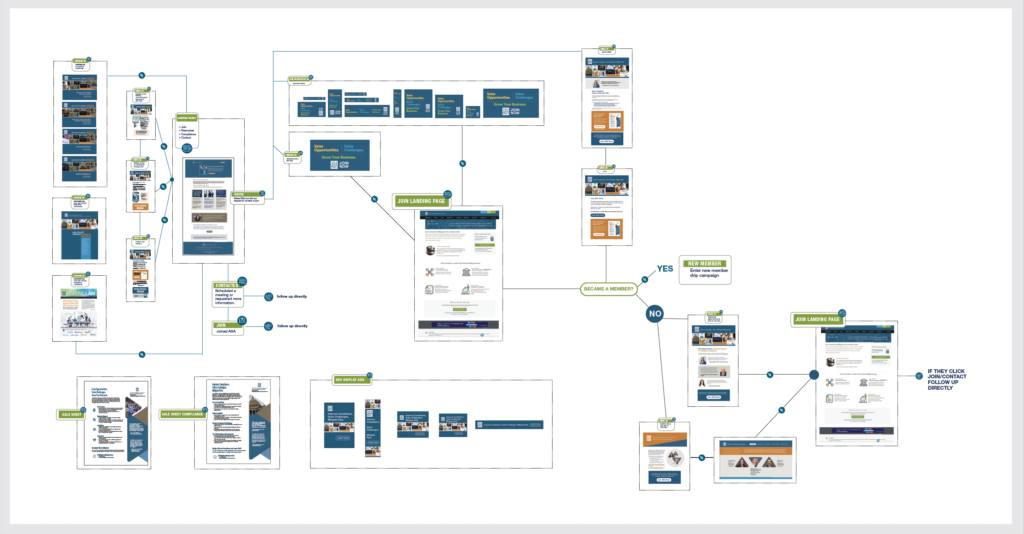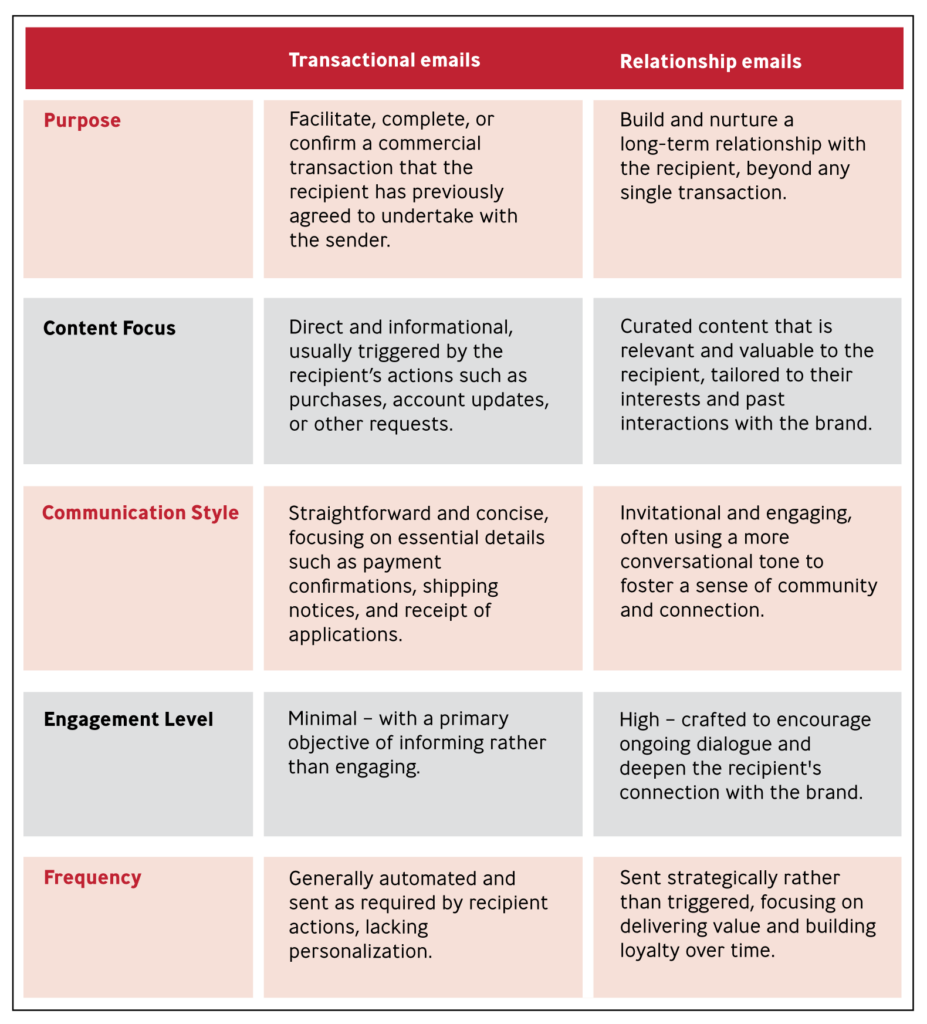Many associations confuse their offerings with their value. They market benefits, discounts, access, and features — believing that if they show enough “stuff,” people will join. It works just enough to feel successful. But when renewals dip, they crank up the noise: more promotions, more reminders, more “stuff.” And the results get worse.
Your stuff isn’t your value.
The Real Reason Renewals Drop
When people join, they’re not buying access. They’re buying belief. They see something in you — a mission, a community, a story — that feels worth belonging to. The deeper value lives in connection, identity, and purpose. When marketing reduces membership to transactions, you train people to think like buyers, not believers.
Buyers ask: Is this worth it? Did I use it? What do I get?
Believers ask: What does this say about me? What am I part of?
A buyer and a believer are simply two sides of the same coin as a subscriber and a member. Subscribers transact; members belong. One pays for access. The other pays to identify with something bigger.
When your communications are rooted in transactions — benefits lists, price drops, renewal pushes — you become easy to leave. Members start treating you like another subscription: something to cancel when the budget tightens.
From Transactions to Trust
Loyalty doesn’t come from more reminders. It comes from meaning. You can’t sell someone into belonging—you have to show them they already do. Every message, event, and touchpoint should affirm that your members are part of something that reflects who they are.
That’s the difference between a subscriber and a member. Subscribers need to be convinced. Members just need to be reminded.
Why This Matters Now
Competing on benefits or information won’t work when people can find similar resources elsewhere. AI is already giving away much of what associations used to charge for. What can’t be replicated is belonging.
Your brand’s true value isn’t in what you deliver, but in how people feel when they engage with you. That feeling — the sense of identity, purpose, and shared progress — is what turns subscribers into members and renewals into a natural next step.
And it’s more important than ever that this belief isn’t just felt by your members — it’s shared by you. Your marketing, membership, and leadership teams must understand and believe in the membership experience you’re promising. If your internal mindset stays transactional, your messaging will too. When your people believe in belonging, your members will feel it.
Lead with Value
Your job isn’t to prove your worth every year (or every month). It’s to remind people of their worth within your story.
So ask yourself:
- Do your messages sound like invoices or invitations?
- Are you proving your features or showing shared progress?
- Are you reinforcing belonging or just repeating benefits?
When you lead with value, not stuff, you stop chasing renewals. People stay because it feels right to stay.
Subscribers leave. Members stay.
Share this post in LinkedIn:
NOT ANOTHER SNOOZELETTER.
SIGN UP. BE INSPIRED.
Want Higher Renewal Rates? Stop Acting Like a Billing Department

Hit Your Membership Goals by Showing Outcomes, Not Features.


































































